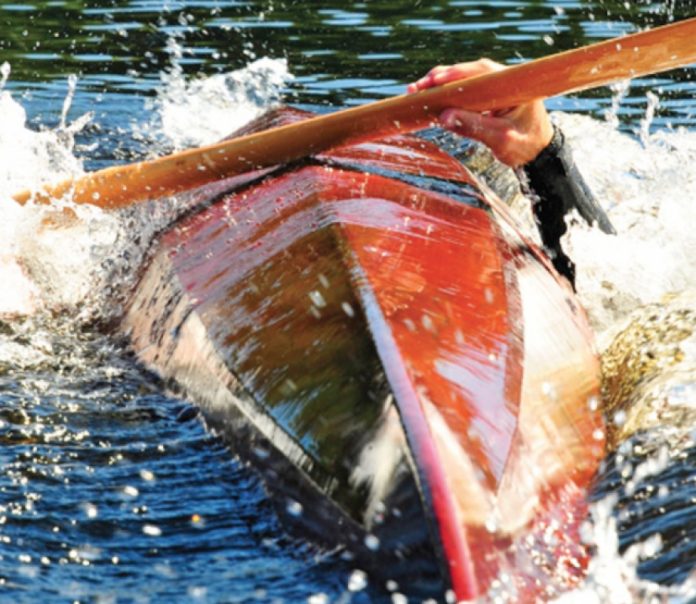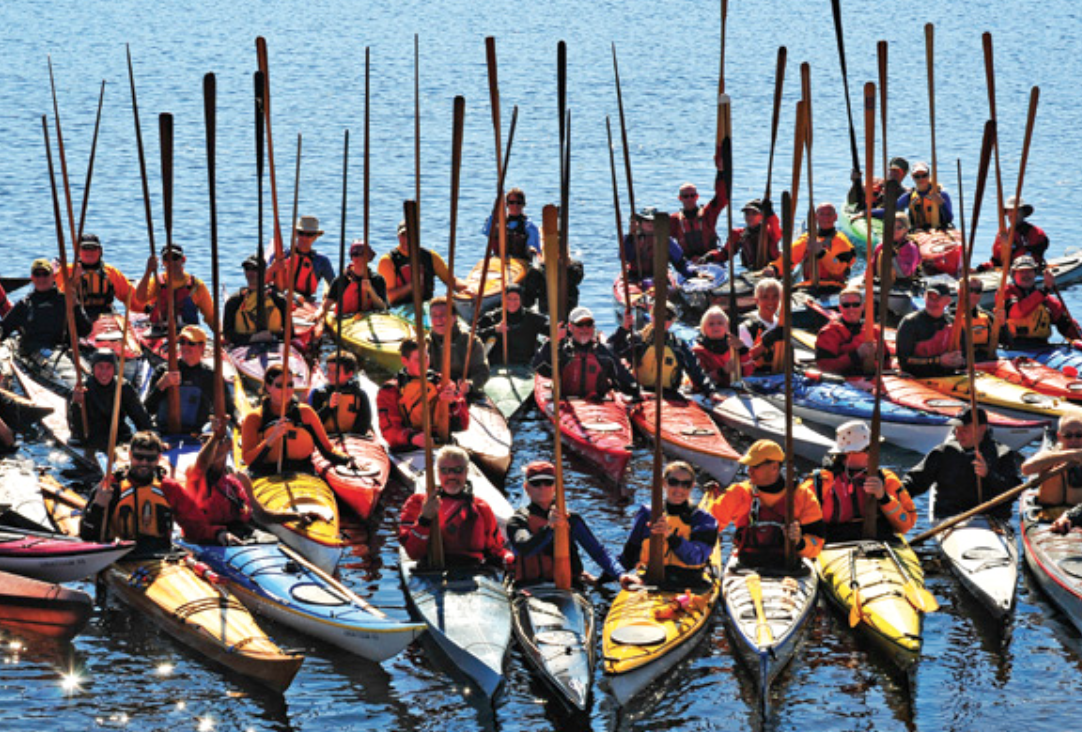The steady, hypnotic rhythm of stroking your canoe toward a distant shore eases the tension in your mind. Now, how to rid yourself of the tension in your back, shoulders and wrists! Effective forward stroke technique can lessen the strain on your body so you can paddle all day and not even feel it.
Let’s start by breaking down your stroke into the large and small muscles doing the work. Use your larger abdominal and back muscles for the heavy work of moving the canoe forward, and assign your arms to tuning the position of the paddle for a relaxed catch and recovery.
Remember, we don’t so much as pull our paddle through the water as anchor our blade and drive our torso and the canoe forward. Efficient propulsion comes from gently rotating your hips—sort of like rocking a baby in your arms but with a twist toward your paddling side. Keep your butt planted on the seat and alternately pivot your hips forward and back to drive the canoe forward. Bend your arms and turn your shoulders to complement this movement and guide the paddle from recov- ery through to the beginning of a new stroke.
At the start of each new stroke, stiffen your wrists and arms to minimize their effort.
As the stroke progresses, lower your top hand and shoulder and drive the stroke with the smooth rotation of your abdominal and back muscles. Avoid overworking your arms and shoulders; keep the paddle close to the gunwale and relax your grip on the paddle shaft.
Consider the sit and switch technique when fighting winds, or when you want some extra speed while traveling a straight course. Sit and switch balances your effort on both sides of the canoe and eliminates the muscle fatigue that comes from steering with correction strokes.
For best results, synchronize your strokes with your partner, shorten your stroke length so the paddle doesn’t pass your hip, and keep an upright posture. Switch after six to eight strokes or when the canoe begins to veer off course.
Paddle selection can also lesson fatigue and strain on your arms and shoulders.
A narrow, long blade—like the ottertail—is a great choice for distance paddling. For sit and switch, a shorter bent shaft paddle works best.
Whoever said “no pain, no gain” was certainly no canoeist. Efficient forward strokes allow you to set your sights on a distant shore and feel great when you get there.
 This article first appeared in the Early Summer 2012 issue of Canoeroots Magazine.
This article first appeared in the Early Summer 2012 issue of Canoeroots Magazine.



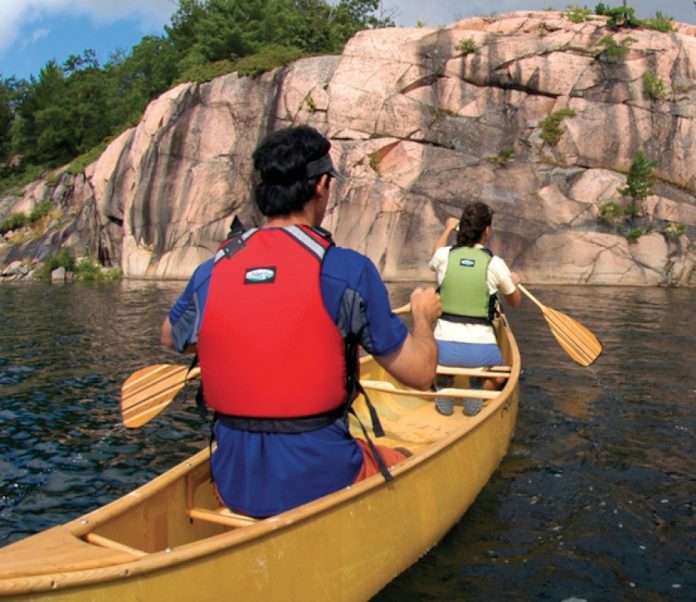
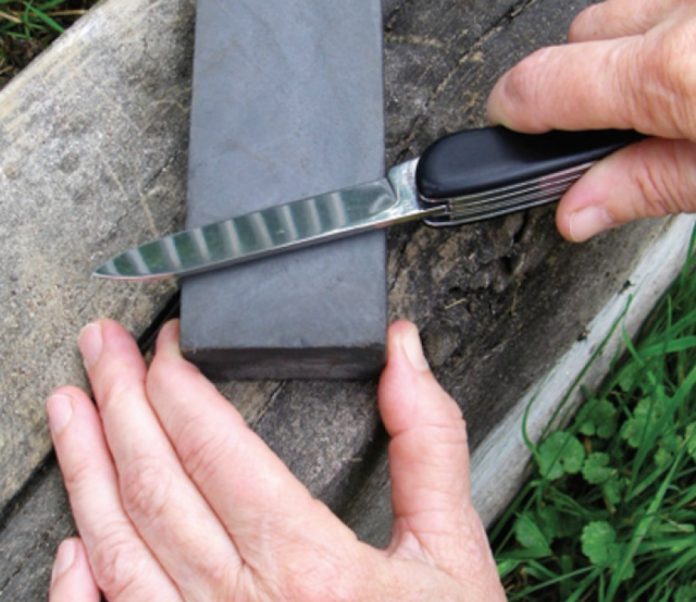
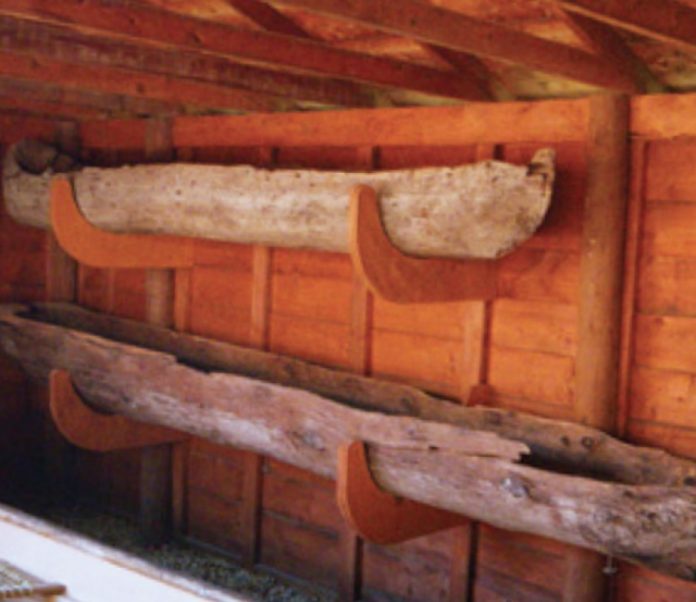
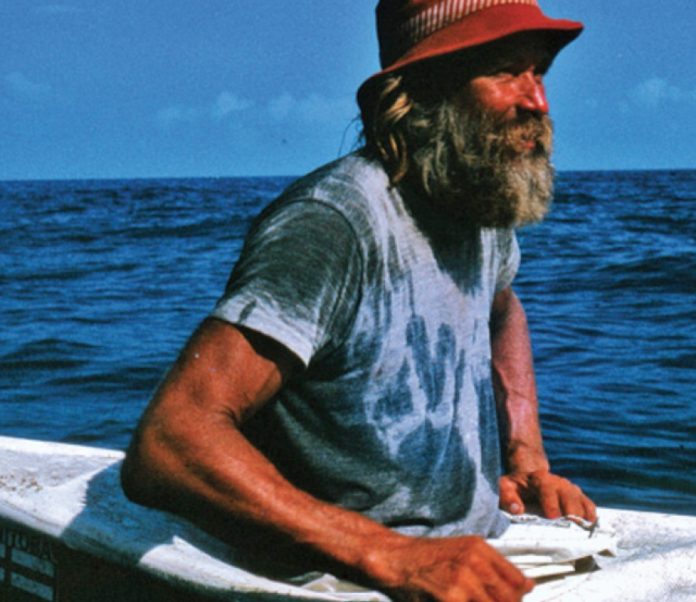
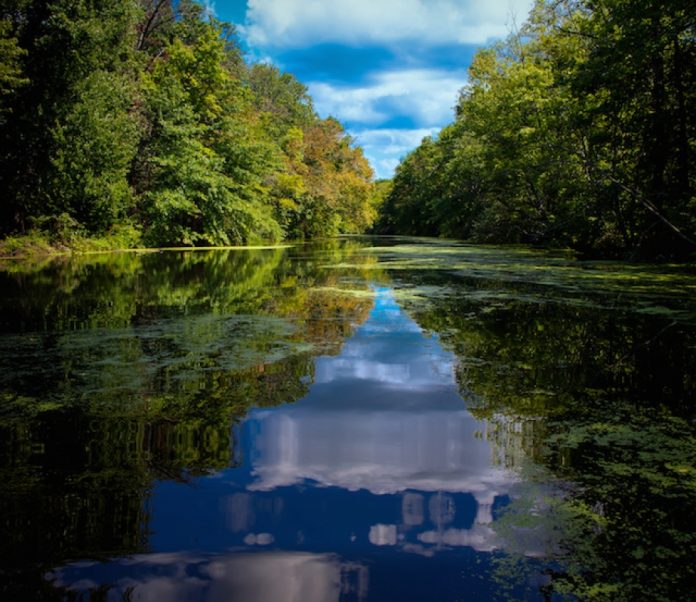
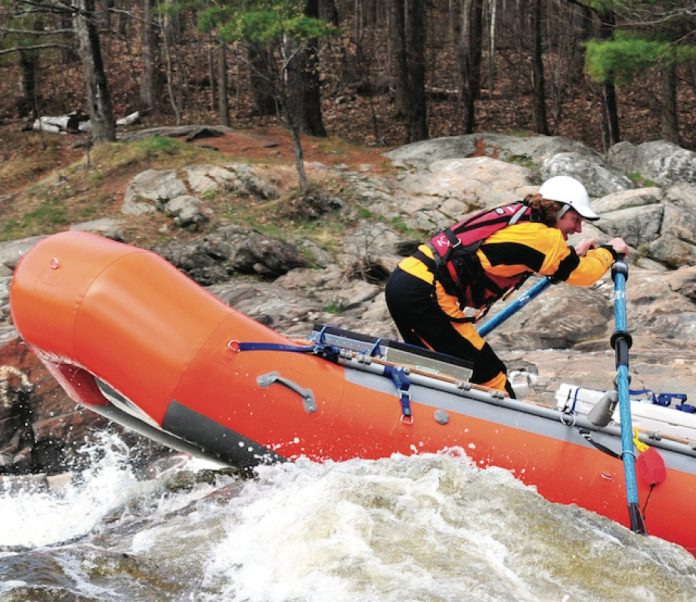
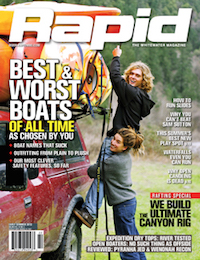 This article first appeared in the Early Summer 2012 issue of Rapid Magazine. For more great content, subscribe to Rapid’s print and digital editions
This article first appeared in the Early Summer 2012 issue of Rapid Magazine. For more great content, subscribe to Rapid’s print and digital editions 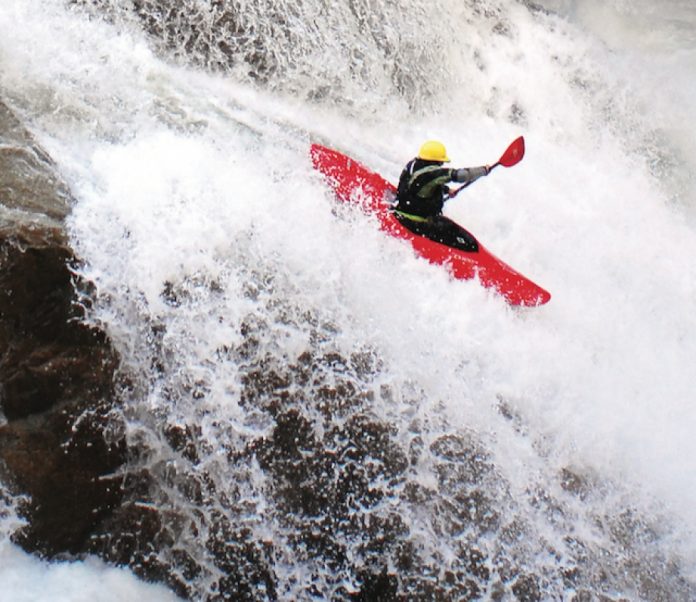
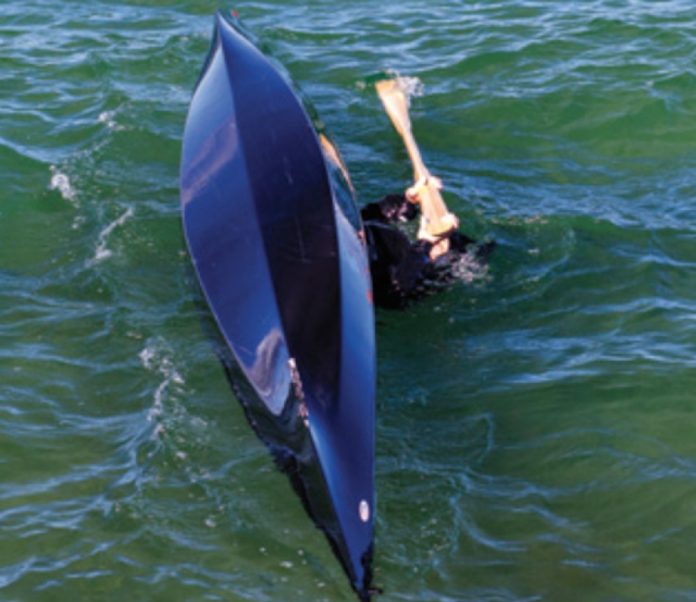


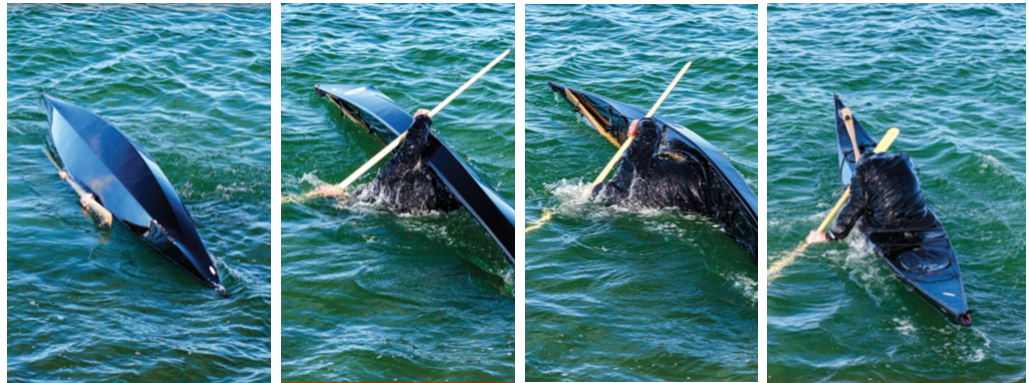
 This article first appeared in the Summer 2012 issue of Adventure Kayak Magazine. For more great content, subscribe to Adventure Kayak’s print and digital editions
This article first appeared in the Summer 2012 issue of Adventure Kayak Magazine. For more great content, subscribe to Adventure Kayak’s print and digital editions 